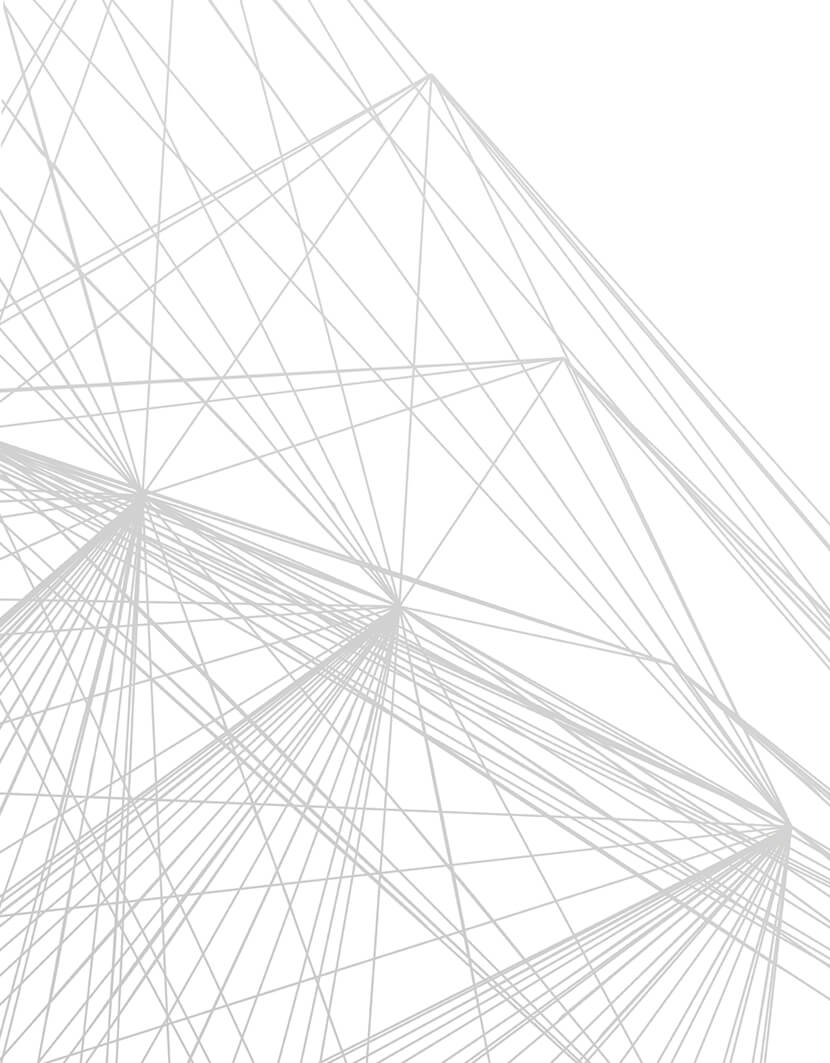Adding Up the Benefits of WiredScore and SmartScore Certifications
By Mo Fahim, EIT, FMP, CTPM, CSPO, SmartScore AP


By Mo Fahim, EIT, FMP, CTPM, CSPO, SmartScore AP
When WiredScore was created in 2013, the company’s goal was to create a standardized process for measuring and certifying the level of connectivity of buildings and homes. WiredScore Certification was created. Eight years later, WiredScore (the organization) unveiled the rating system SmartScore to measure the quality of smart buildings. At first glance, the distinction between the two may seem confusing. I hope to clarify each while also highlighting the benefits building owners and operators can achieve by pursuing these certifications.
In what ways are they similar?
Much like LEED, WELL, and WELL Health-Safety Rating designations designed to measure the sustainability and fitness of the physical work environment, successful completion of WiredScore and SmartScore certifications can demonstrate a facility owner’s or operator’s commitment to providing efficient, consistent, exceptional smart building experiences, and secure connections to the digital world.
Both certifications are designed to help create best-in-class buildings that attract and retain tenants, meet high standards of sustainability, and are future-proof. The rating systems are divided into four levels (Certified, Silver, Gold, and Platinum) determined by the number of points earned under each measured criterion.
During the launch of SmartScore in April 2013, WiredScore Founder and Chief Executive Officer Arie Barendrecht outlined his vision for a smarter and more connected future. He says changes already underway were accelerated by the global pandemic and the resulting increased demand for better technology and connectivity. According to Barendrecht, “(WiredScore) now imagines a different built environment. A better built environment, because we believe fundamentally that we shape our buildings, but thereafter they shape us.”
To that end, each certification shares a larger vision and goal.
How do they differ?


Simply put, WiredScore certification rates a building’s infrastructure and connectedness while SmartScore is meant to reflect the overall state of the technology within the structure inclusive of the user experience.
What are the benefits?
With each certification, property owners and tenants alike enhance their brand and public image as technologically forward-thinking. Owners and operators improve their ability to attract and retain tenants while the latter enjoy optimized systems, technology, and internet access. And everyone wins with a more sustainable building through a reduced whole life carbon footprint by using technology to operate the building more efficiently.
This article was subsequently posted by leading industry publication Consulting-Specifying Engineer (CSE) magazine.
As WiredScore and SmartScore Accredited Professionals (APs), Practice Leader for Technology Mo Fahim, Senior Audio Visual Consultant John Doyle, Senior Information & Communications Technology Consultant Todd Grimes, and Cybersecurity Studio Leader Coleman Wolf are among the first in the nation trained to help building owners and operators seeking WiredScore and SmartScore certifications. Each strives to grow professionally to bring more experience and value to clients and to continue to pursue ESD’s mission to improve society through the built environment.
To learn more about certifying or improving your building’s digital infrastructure, reach out to ESD’s Technology team.
Interested in learning more? Check out these related news items.
The evolution of the modern office needs to accommodate team members meeting in person and online. ESD now Stantec Senior Audio Visual Consultant John Doyle offers an overview of the best technology to consider. (Learn more about the meeting room technology.)
New technologies are transforming the traditional workspace allowing building owners, operators, and developers to attract and retain tenants in a competitive market. (Learn more about the smart building technology.)
Two of the largest expenses for law firms are real estate and technology. ESD, now Stantec Practice Leader for Technology Mo Fahim says higher-end spaces may have an advantage because they support new technologies better. (Read Mo’s interview at Law.com.)